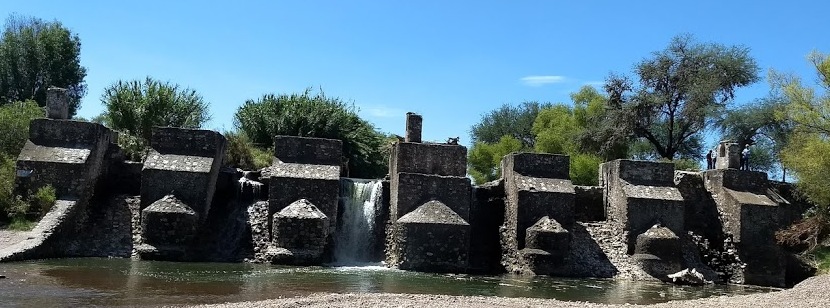
by Joseph Toone
Just beyond the newly renovated train station are many rancho communities each with their own history and present day stories to tell.
Traveling past San Miguel Viejo (where San Miguel started) is a dirt road turn off to Los Lopez. Los Lopez was once home to a tunnel and bridge the Spanish used with their wagons loaded with silver from the mines. It remains a popular spot for metal detector enthusiasts. For being a community laced with dirt roads it is surprisingly active. It has a kindergarten, middle school and a recently opened orphanage. It also has the only indigenous chapel I’ve seen, that, instead of decaying, was recently added on to, providing testament to Los Lopez’ increasing vitality.
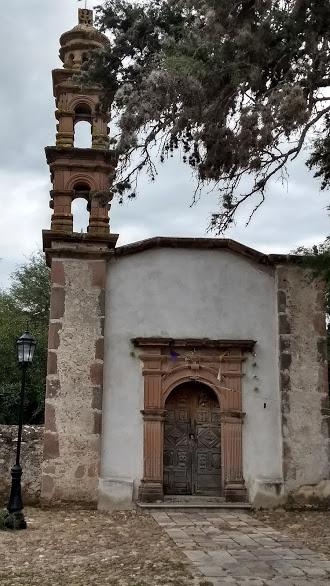
Enter Cieneguita and enjoy a buffet at the bridge leading to the Guanajuato airport. Here my former cleaning gal has started her own thriving roadside diner.
Then take the next left to visit Banda, oddly labeled Panda, on many GPS systems. You’ll pass some indigenous chapels on the way (normally closed) but what makes Banda/Panda unique is the hacienda era dam constructed much like a castle wall. With the recent rains the waterfall is magnificent. Take the steps that lead up the fortress wall for a close up look at the cascade, or walk the wall the other direction to view a phone booth sized stone chapel still in use.

From Banda/Panda travel to Cruz de Palmar passing the 1867 chapel to St. Matthew. I happened to find it open for the namesake’s feast day. I learned that Matthew, having been a tax collector, is now the patron of accountants and IRS folks. Obviously this was before writing the bible became so time consuming for him.
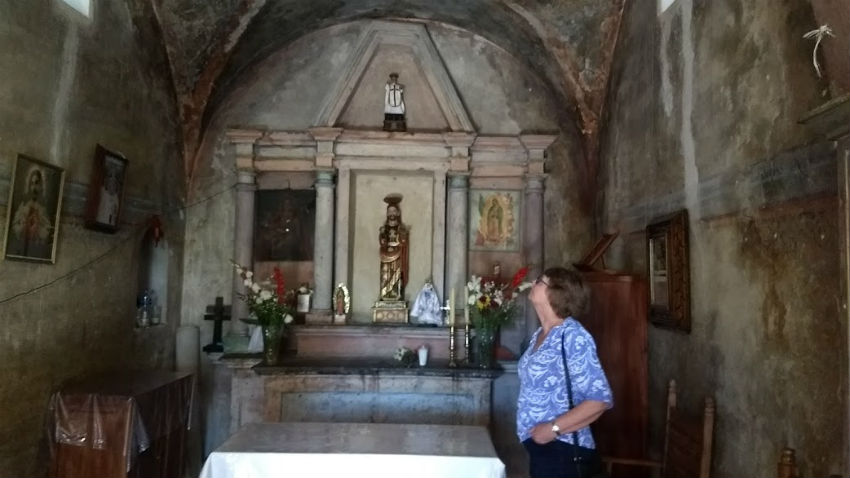
You enter Cruz de Palmar viewing the monolith with a chapel on top. Often guides will tell you the monolith was once a pyramid, but it is simply a natural rock formation. In the field across from it is a clump of trees growing over the remains of a pre-Hispanic pyramid the Spanish called Soledad in honor of the Virgin of Solitude. The indigenous builders called it, and the eight others in the area, something else entirely.
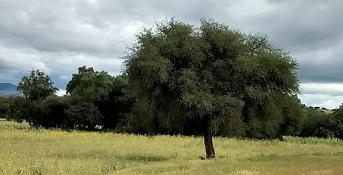
Cruz de Palmar got its name from a local priest noticing two palm trees that crossed each other.
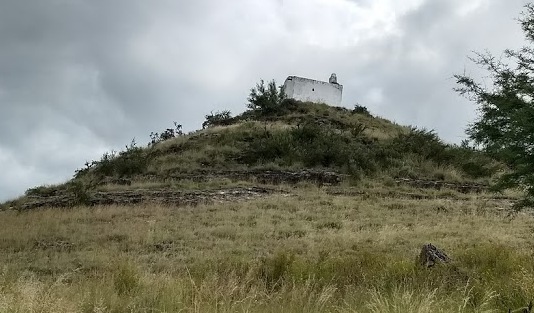
Pass the large cemetery, well worth viewing during Day of the Dead, and drive into the center of town to see where an 18th century hacienda once thrived. Chapels for the hacienda are now private homes but you can peer into remains featuring frescos that must have been glorious in their day. The hacienda was owned by a family named Taboada then later Juarez, however, all records were long ago destroyed. Older residents recall that where the school now stands there were adobe huts with thatched roofs for hacienda workers and their families.
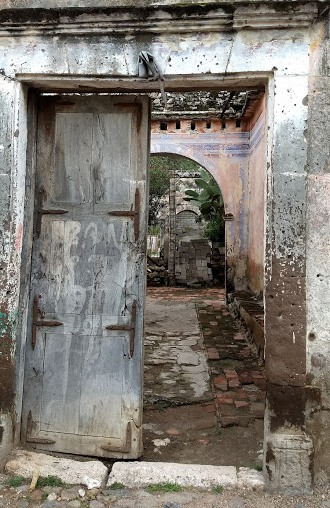
I was lucky to view local lads building xuchiles for use in that weekend’s celebrations of St. Michael here in town.
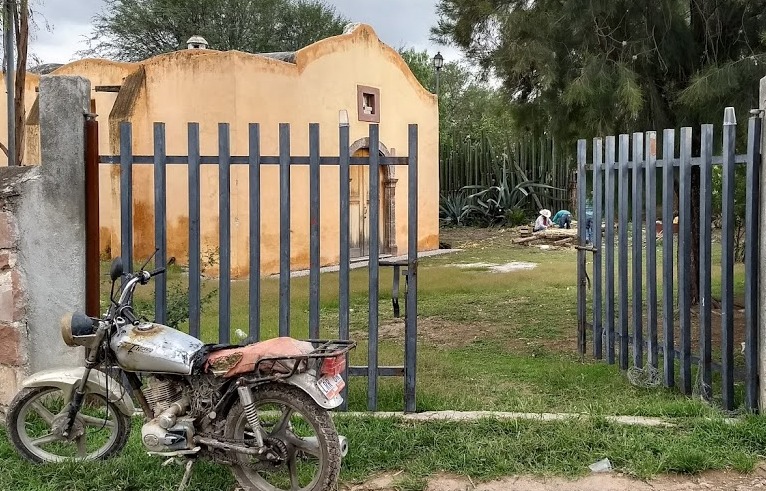
A dirt road ride away is the ranch area of Vivienda, home to both angry cows and two lovely chapels. One is in stone and honors the three Kings, and the other is one of many indigenous chapels names for St. Isidore, patron of farmers (what the local Otomis were when the Spanish arrived). This particular chapel to St. Isidore is remarkable for its painted ceilings. I’ve never seen such detailed ceiling work in an indigenous chapel.
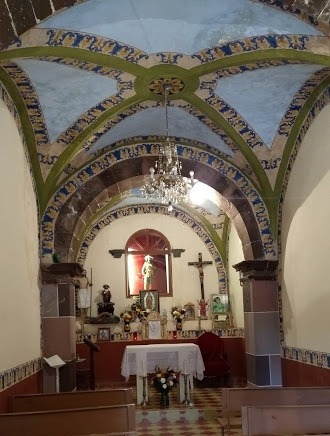
Los Lopez, Banda, Cruz de Palmar and Vivienda are but a sampling of communities around San Miguel both rich in history and very much pretty places to be in the present.
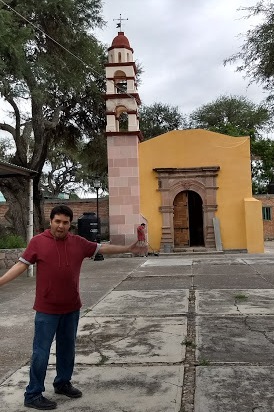
**************

Joseph Toone is Amazon's bestselling author of the San Miguel de Allende Secrets series of books and TripAdvisor's best rated historical walking tour guide. For more information contact toone.joseph@yahoo.com or visit History and Culture Walking Tours or JosephTooneTours.com, also on FaceBook.
You must register and log in to write a comment.
Please use the "login" link at the top (right) of the page.
|